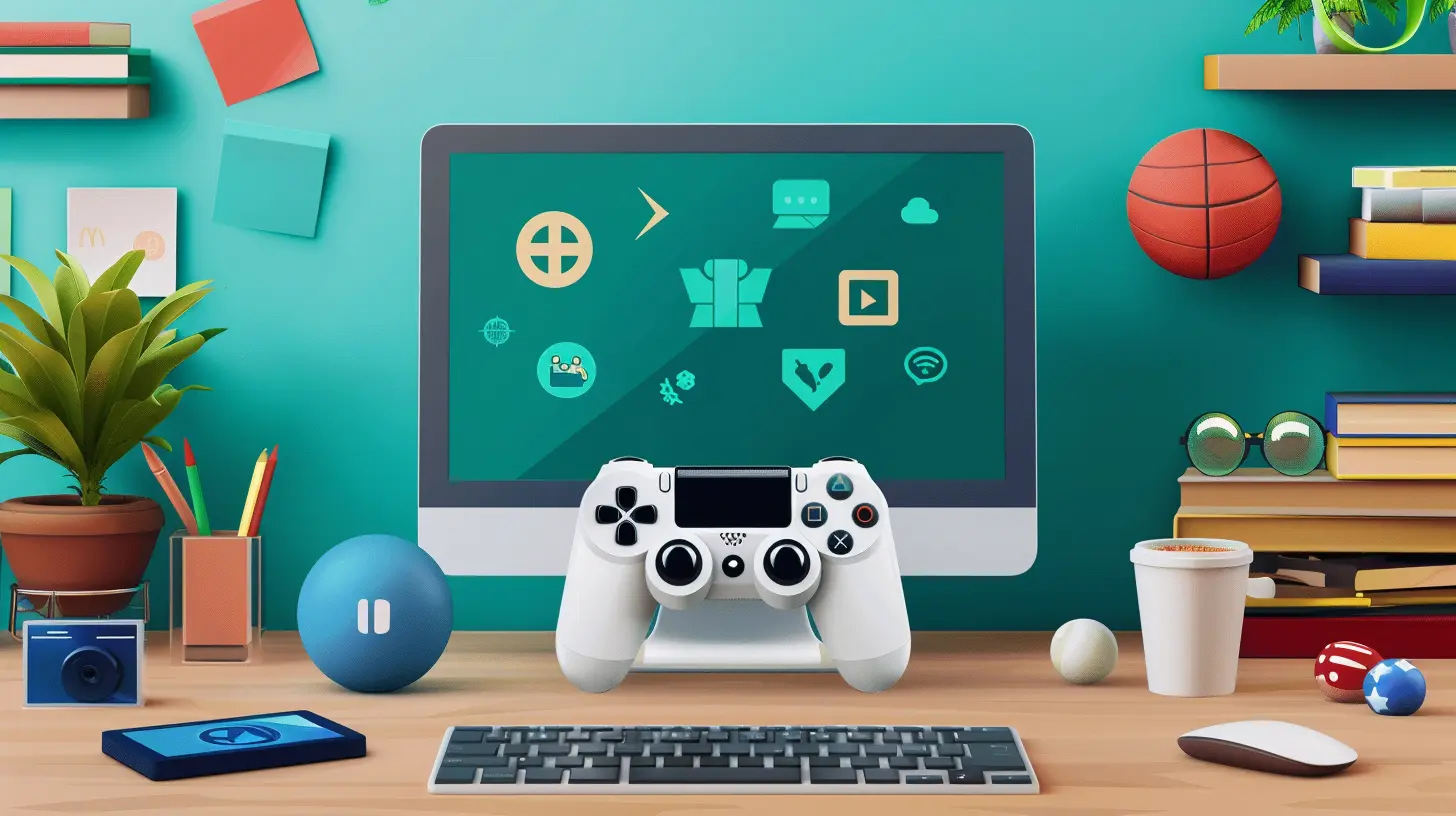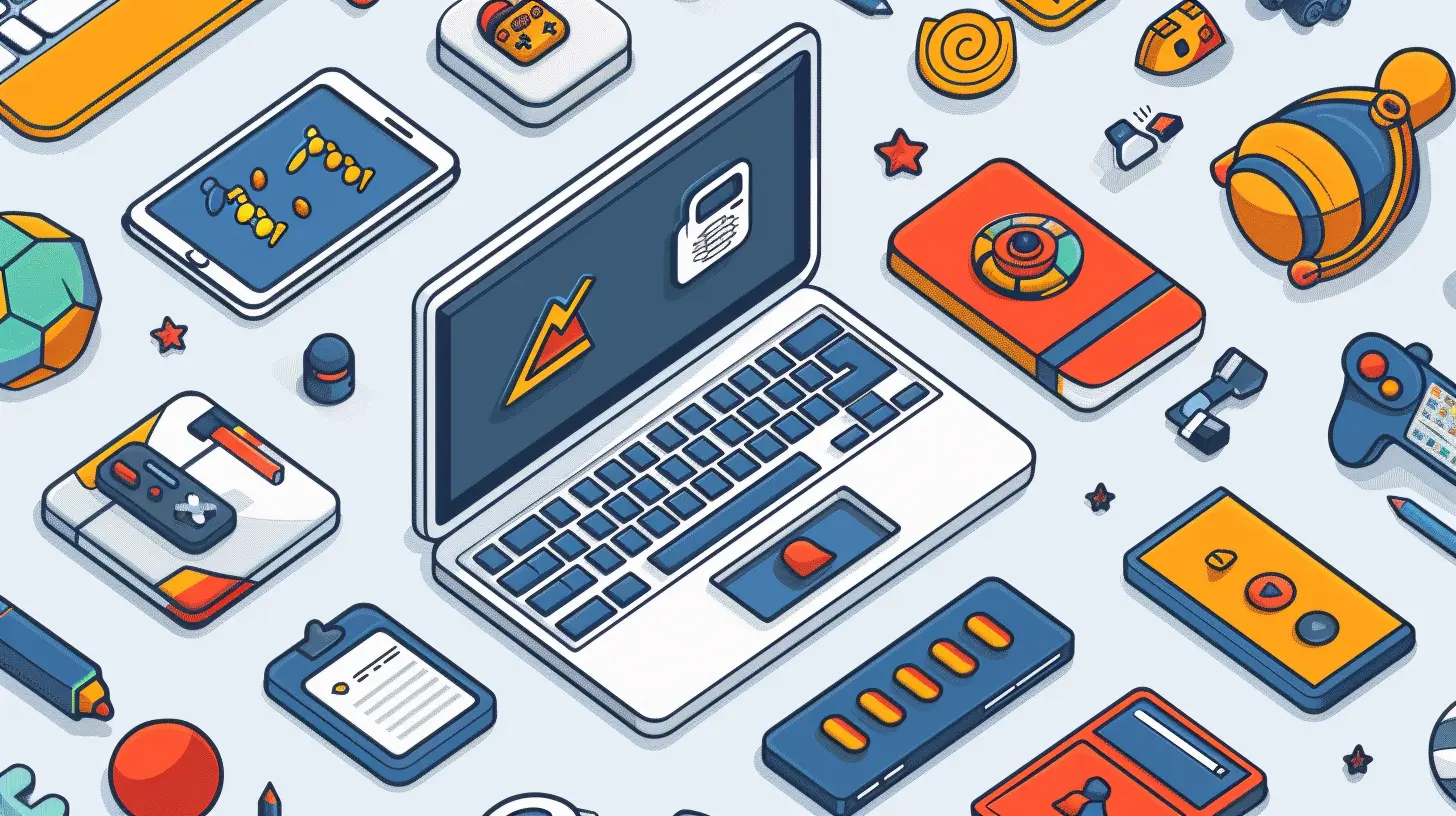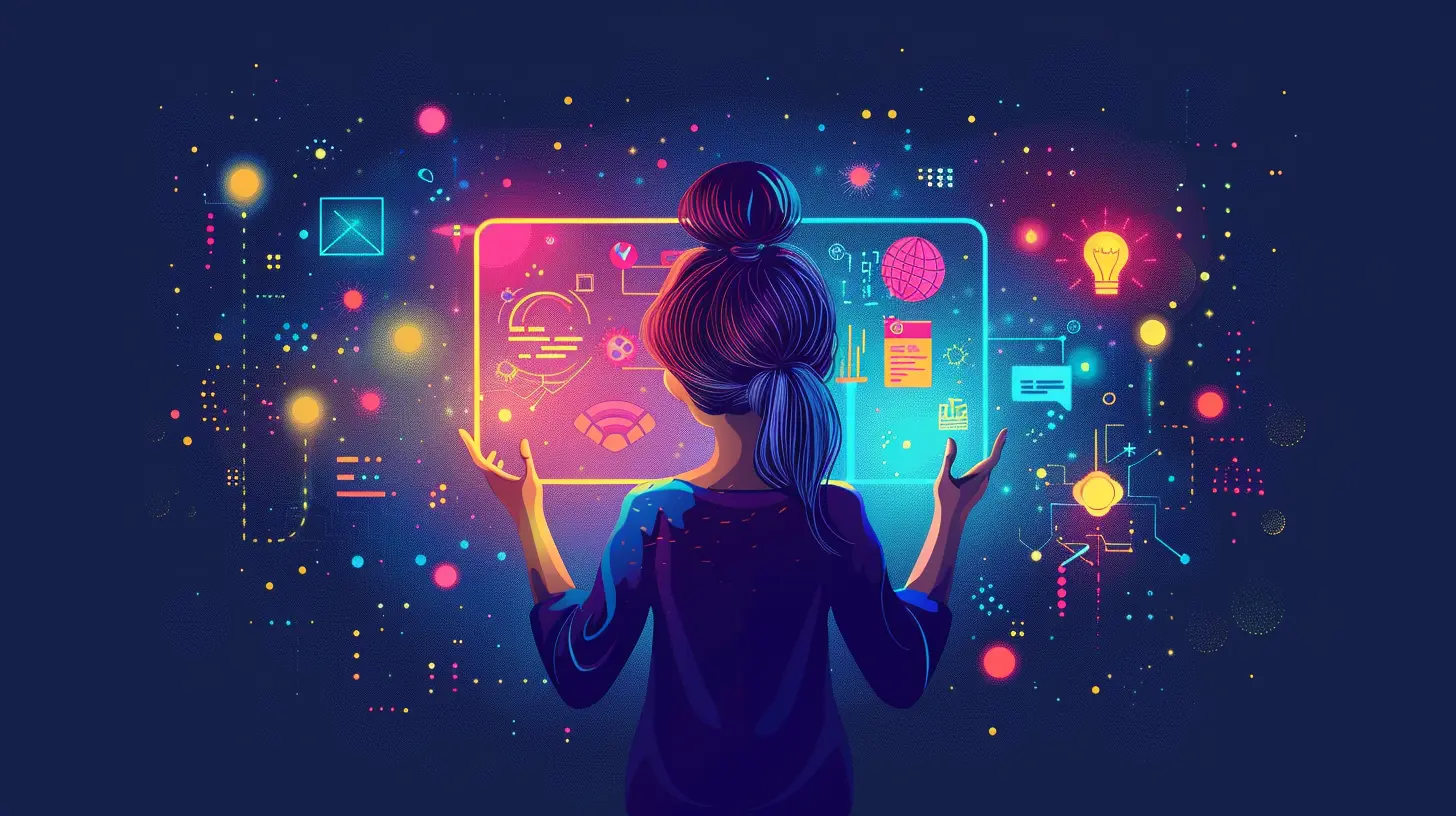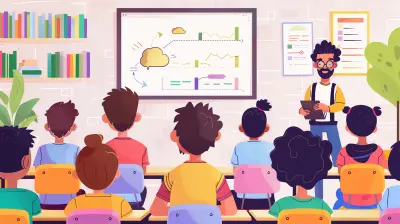How Gamification is Transforming E-Learning Experiences
16 May 2025
E-learning has come a long way from dull, text-heavy courses to engaging, interactive experiences. And what’s making it even more exciting? Gamification!
If you've ever found yourself glued to a mobile game, chasing rewards, unlocking achievements, or competing on leaderboards, you already understand the power of gamification. But did you know that the same game mechanics can be used to make learning more fun, effective, and engaging?
In this article, we'll dive deep into how gamification is transforming e-learning, why it works, and how educators and learners can benefit from it. 
What is Gamification in E-Learning?
Gamification in e-learning is the process of incorporating game elements—such as points, badges, leaderboards, and challenges—into online education to boost learner engagement and motivation.It’s not about turning lessons into full-blown video games. Instead, it's about using game-like elements to tap into our natural desire for achievement, competition, and rewards, making learning feel more exciting and less like a chore. 
Why Does Gamification Work So Well?
Ever wondered why games keep us hooked for hours? It’s all about psychology. Gamification works because it taps into some fundamental human behaviors:- Motivation: Earning badges or unlocking new levels triggers a sense of accomplishment.
- Engagement: Interactive and competitive elements make learning more enjoyable.
- Instant Feedback: Unlike traditional education, gamified learning provides immediate feedback, helping learners track their progress in real time.
- Sense of Achievement: Completing challenges and earning rewards creates a feeling of success, pushing students to do more.
By integrating these elements into e-learning, educators can create courses that are not only informative but also addictive (in a good way!). 
Key Gamification Elements in E-Learning
Not all gamification strategies are created equal. The most successful e-learning platforms use a mix of the following elements:1. Points and Rewards
Points give learners instant gratification for completing tasks, answering correctly, or reaching milestones. These points can be exchanged for rewards, fostering a sense of achievement.2. Badges and Certificates
Remember how great it felt to get a gold star on your homework? Badges act as visual symbols of accomplishment, motivating students to push forward.3. Leaderboards and Competitions
Nothing sparks motivation like a little friendly competition! Leaderboards encourage students to perform better by showcasing their rankings compared to peers.4. Missions, Challenges, and Quests
Breaking courses into missions or challenges turns learning into an adventure. It’s like progressing through levels in a game—each step forward brings excitement.5. Storytelling and Gamified Scenarios
A well-crafted story can turn an otherwise dull lesson into an immersive experience. Whether it’s solving a mystery or embarking on a virtual journey, storytelling keeps learners engaged.6. Instant Feedback and Progress Tracking
Traditional learning often lacks immediate reinforcement. Gamification solves this by providing instant feedback, allowing learners to track their progress in real time.
The Benefits of Gamification in E-Learning
Gamification isn’t just a trend—it’s a game-changer (pun intended!). Here’s why it’s so effective:1. Boosts Engagement
Traditional online courses can feel monotonous, leading to disengagement. Gamification adds an element of fun, making learners more likely to stick with the course.2. Increases Motivation and Retention
When learners feel rewarded for their efforts, they’re more motivated to continue. Plus, interactive elements and challenges help with information retention.3. Encourages Active Learning
Instead of passively reading through material, gamified lessons encourage learners to actively participate, leading to a deeper understanding of the subject.4. Fosters Healthy Competition
Leaderboards can drive learners to challenge themselves and improve their skills. Even those who aren’t naturally competitive may find themselves pushing harder to earn achievements.5. Provides a Sense of Accomplishment
Setting and achieving goals keeps learners motivated. Whether it's earning a badge or completing a challenge, the sense of progress keeps them coming back for more.6. Enhances Problem-Solving Skills
Many gamification techniques involve problem-solving scenarios, helping learners develop critical thinking skills in a hands-on manner.Real-World Applications of Gamification in E-Learning
Gamification is already making waves across various fields. Here are some real-world examples:1. Corporate Training Programs
Companies like Deloitte and IBM use gamified platforms for employee training. By implementing badges, leaderboards, and challenges, they make training more engaging and effective.2. Language Learning Apps
Apps like Duolingo use gamification brilliantly. Users earn points, unlock levels, and maintain streaks, making language learning feel like a game rather than a chore.3. Higher Education
Universities and colleges are using gamification to make subjects like math, science, and history more interactive. Gamified quizzes and challenges keep students engaged.4. K-12 Learning Platforms
E-learning platforms like Kahoot! and Quizizz turn classroom quizzes into competitive, fast-paced games that encourage student participation.5. Health and Medical Training
Medical professionals undergo gamified simulations to practice complex procedures in a risk-free environment. This hands-on approach enhances learning and retention.How to Implement Gamification in E-Learning
Thinking about incorporating gamification into your e-learning program? Here are some practical steps:1. Set Clear Goals
Define what you want learners to achieve. Are you improving engagement, enhancing retention, or encouraging skill development?2. Use the Right Game Elements
Not every gamification technique will work for every subject. Choose elements—like rewards, challenges, or storytelling—that best fit your content.3. Keep It Balanced
Too many game mechanics can overwhelm learners. The key is to make learning fun, not distracting. Keep the competition healthy and achievable.4. Provide Meaningful Rewards
Make sure the rewards are worth earning. It could be certificates, recognition, or even small incentives to keep learners motivated.5. Encourage Collaboration & Competition
Mixing collaboration with competition can enhance learning. Group challenges and peer feedback can make the experience even more rewarding.6. Track Progress & Offer Feedback
Monitor learners' progress and provide instant feedback. This keeps them on track and reinforces learning in real-time.The Future of Gamification in E-Learning
As technology evolves, gamification in e-learning is only going to get bigger and better. With advancements in AI, virtual reality, and personalized learning, we can expect even more immersive, game-like educational experiences.Imagine attending a history lesson where you time-travel to ancient civilizations or a science class where you experiment in a virtual lab. The possibilities are endless!
One thing is clear: gamification isn’t just a passing trend—it’s the future of online learning. Whether you’re an educator, a student, or a lifelong learner, embracing gamified education can make the process a lot more enjoyable and effective.
Final Thoughts
Gamification is transforming e-learning from boring slideshows into interactive, engaging experiences. Whether through points, badges, or leaderboards, game elements make learning more fun and rewarding.So, if you ever find yourself struggling to stay focused in an online course, maybe what you need is a little bit of gamification! After all, who said learning can't be fun?
all images in this post were generated using AI tools
Category:
E LearningAuthor:

Anita Harmon
Discussion
rate this article
3 comments
Deborah Newman
Gamification in e-learning is like adding sprinkles to a plain cupcake—suddenly, it’s a party on your screen! Who knew leveling up your knowledge could be this much fun? Let’s game our way to smarter brains and happier learners!" 🎮🧁
May 23, 2025 at 3:19 AM

Anita Harmon
Absolutely! Gamification elevates e-learning by making education engaging and enjoyable, turning the learning process into an exciting adventure. Let's keep the fun going! 🎉
Maura Bellamy
Great insights! Gamification truly enhances engagement in e-learning, making lessons more interactive and enjoyable. It’s inspiring to see how these innovative techniques can foster deeper understanding and motivation among learners. Keep up the fantastic work!
May 21, 2025 at 12:16 PM

Anita Harmon
Thank you for your kind words! I'm glad to hear that you resonate with the impact of gamification on e-learning. Your support motivates us to continue innovating!
Uriel Carr
Gamification is redefining e-learning by enhancing engagement and motivation. By integrating game elements into educational platforms, it fosters a more interactive and effective learning environment, ultimately improving knowledge retention and skill acquisition.
May 17, 2025 at 4:09 AM

Anita Harmon
Thank you for your insightful comment! Indeed, gamification significantly boosts engagement and motivation in e-learning, making education more interactive and effective.



